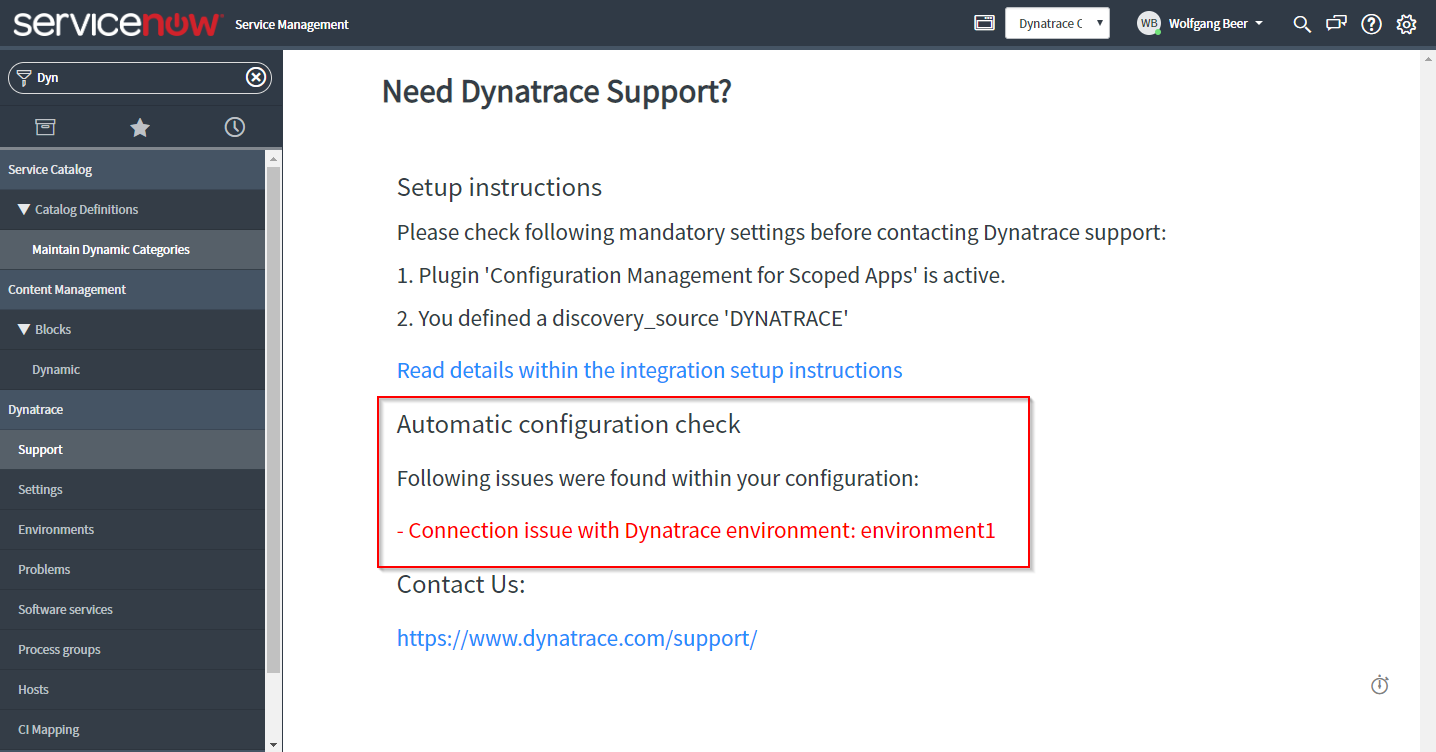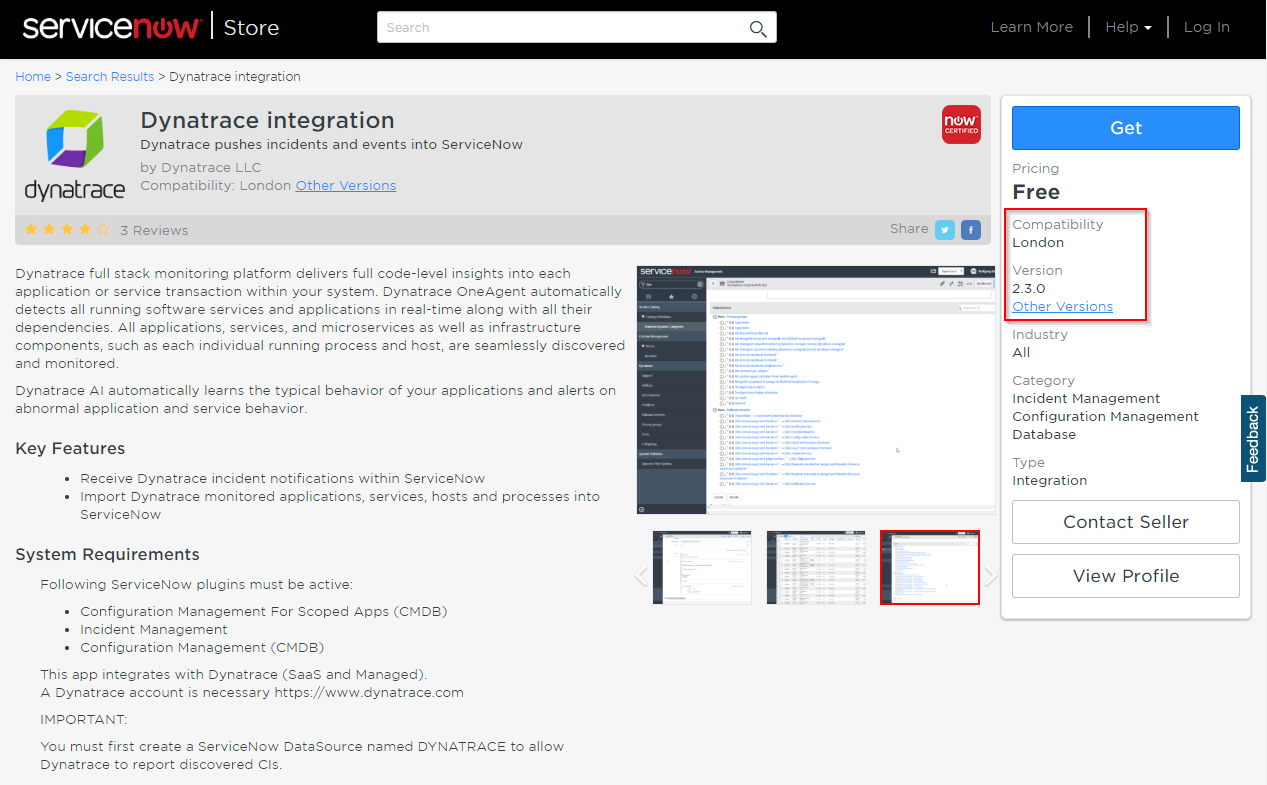During the last few weeks, the Dynatrace integration for the ServiceNow London release has successfully been through the certification process. Our updated integration app, which can be downloaded from the ServiceNow store, added several important improvements as well as some changes to the CMDB synchronization process.
Read on for the main changes within the updated Dynatrace to ServiceNow integration app.
Support for MID servers
All ServiceNow-related Dynatrace API requests can be proxied through a selected ServiceNow MID server. This can be a handy new feature, especially for Dynatrace Managed users. In case you experience issues because a corporate firewall blocks incoming requests to the REST API of your Dynatrace Managed server, you can route those calls through an already existing MID server.
To enable the routing of Dynatrace-related API calls through an existing MID server, just select one of your configured MID servers in the Dynatrace > Settings > Environments section of ServiceNow, as shown in the screenshot below. It’s even possible to define different MID servers for individual Dynatrace environments.
CI type changes for services and process groups
In accordance with our users’ feedback, we have changed the synchronization of Dynatrace-detected process groups from the cmdb_ci_cluster type to a Dynatrace-introduced CI type x_dynat_ruxit_process_group. Dynatrace-monitored services and applications are synced now as x_dynat_ruxit_software_services instead of cmdb_ci_service, which was used earlier.
Dynatrace-monitored hosts are still sent over as cmdb_ci_server or specifically, as the types cmdb_ci_linux_server or cmdb_ci_windows_server.
If you’re upgrading from a previous version of our integration app, you can either delete discovered CIs within the tables cmdb_ci_cluster and cmdb_ci_service with the discovery source DYNATRACE or keep them for future reference. The upgrade process does not automatically delete these CIs.
Automatic configuration check
Setting up the integration manually can be tricky, especially checking if every configuration setting is correct and the Dynatrace API can be reached through firewalls.
To help you during the setup process, our integration app now contains an automatic configuration checker that helps you pinpoint what is going wrong. See the images below for successful configuration and configuration where an issue was found:
Our help page on integrating with ServiceNow offers a detailed introduction to individual features and provides answers to frequently asked questions.
To install the latest Dynatrace integration with the ServiceNow London release, open the ServiceNow marketplace and download our integration application as shown below:









Looking for answers?
Start a new discussion or ask for help in our Q&A forum.
Go to forum